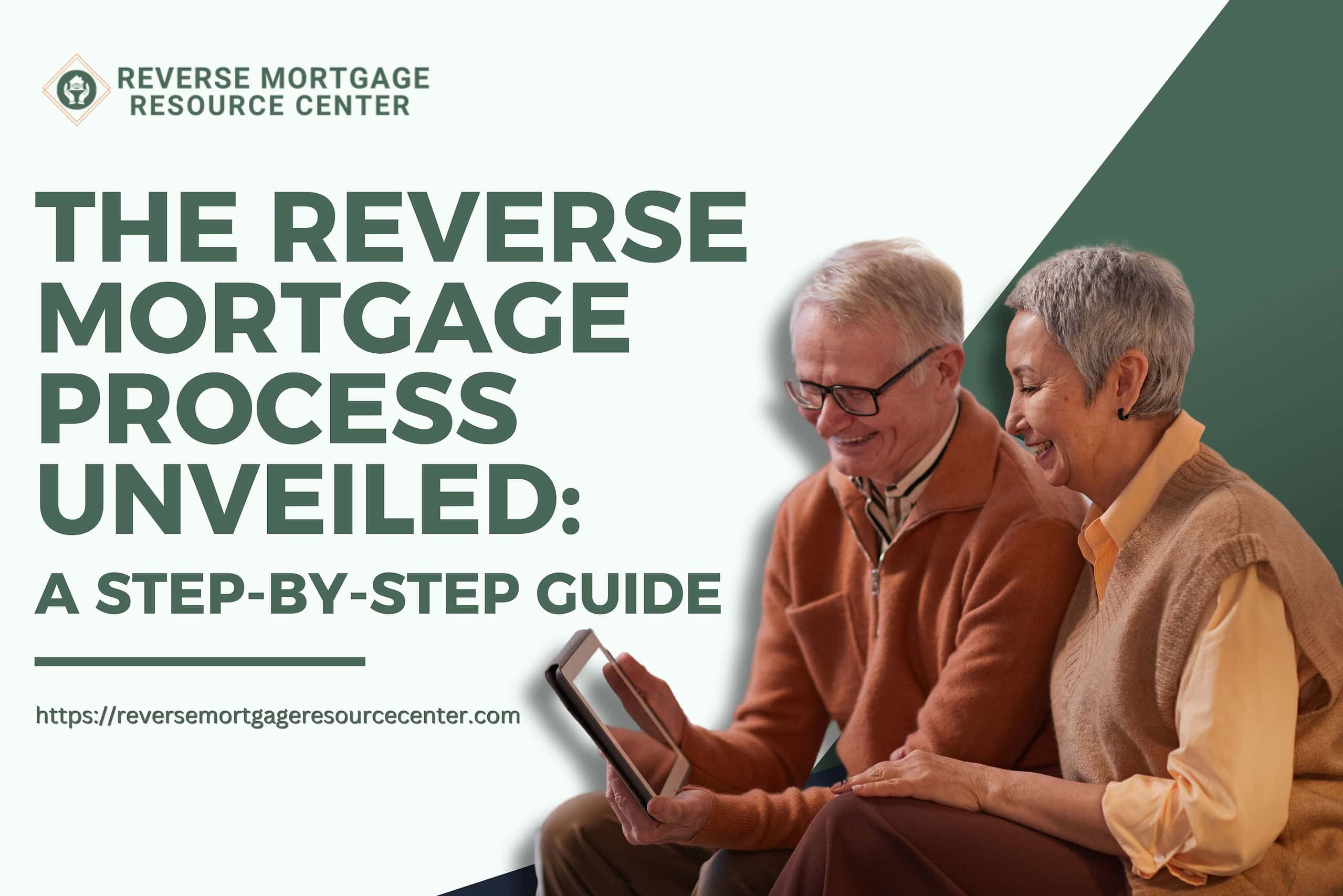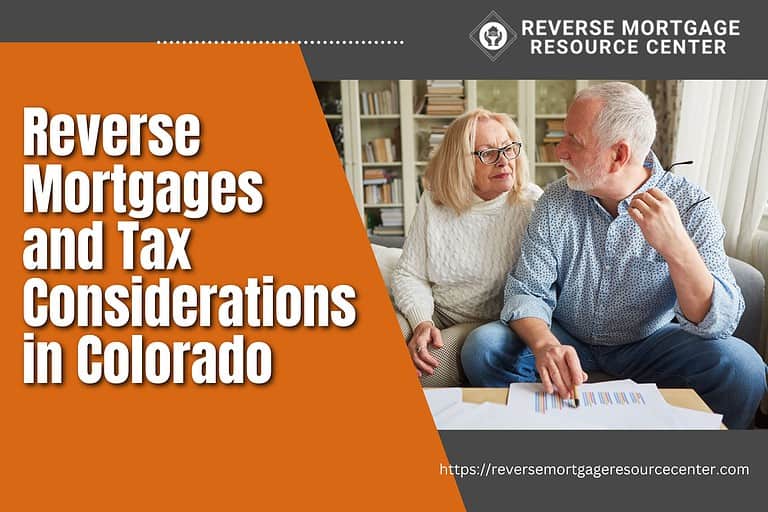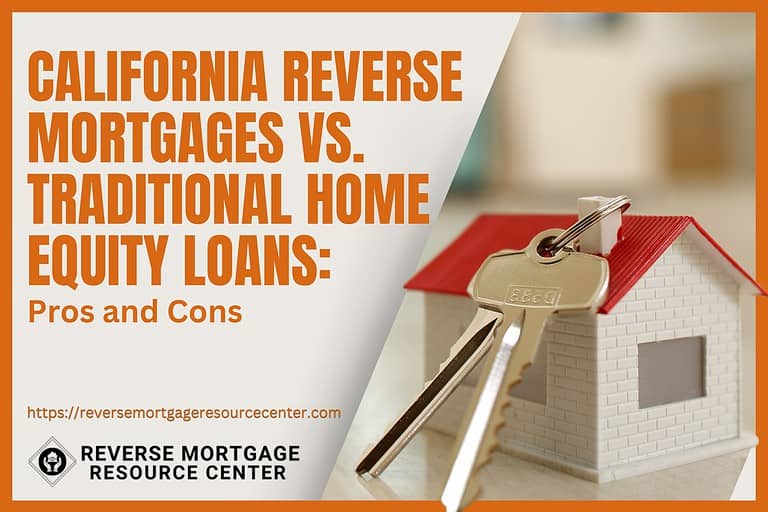The Reverse Mortgage Process Unveiled: A Step-by-Step Guide
Seniors facing financial challenges in retirement often seek innovative solutions to enhance their financial well-being. Among the various options available, the reverse mortgage has emerged as a compelling financial tool. This guide aims to provide a detailed walkthrough of the reverse mortgage process, empowering seniors with the knowledge to make informed decisions for a secure and comfortable retirement.
What is a Reverse Mortgage?
At its core, a reverse mortgage is a specialized financial product tailored for individuals aged 62 and older. Unlike traditional mortgages that require monthly payments to the lender, a reverse mortgage allows homeowners to leverage a portion of their home equity without relinquishing ownership. The borrowed funds can be received as a lump sum, monthly disbursements, or a line of credit, offering flexibility in how seniors access their home equity.
Types of Reverse Mortgages
Home Equity Conversion Mortgage (HECM): This government-insured reverse mortgage is the most prevalent, with the Federal Housing Administration (FHA) providing backing.
Proprietary Reverse Mortgages: Offered by private lenders, these are not government-insured and may have higher loan limits, catering to homeowners with substantial home equity.
Single-Purpose Reverse Mortgages: Administered by state or local government agencies, these are designed for specific purposes, such as home repairs, making them a niche option.
The Reverse Mortgage Application Process
Eligibility Criteria
To embark on the reverse mortgage journey, seniors must meet specific eligibility criteria:
- Age Requirement: The primary borrower must be at least 62 years old.
- Homeownership: The property must be the borrower’s primary residence.
- Equity: Applicants should possess a significant amount of equity in their homes.
Counseling Session
Before proceeding with a reverse mortgage application, potential borrowers are required to attend a counseling session facilitated by a HUD-approved counselor. This session serves as a crucial educational step, ensuring that seniors fully comprehend the implications, costs, risks, and alternatives associated with a reverse mortgage.
Application Submission
With counseling completed, applicants can submit their reverse mortgage application to a lender of their choosing. The lender then initiates a comprehensive review, including an appraisal to determine the current market value of the property.
Underwriting and Approval
The underwriting phase involves a meticulous examination of the application. The lender verifies the provided information, assesses the borrower’s financial capacity to meet obligations like property taxes and homeowners insurance, and ensures compliance with all regulatory requirements. Upon successful completion, the loan receives approval, paving the way for the closing process.
Closing the Reverse Mortgage
Closing Costs
Similar to traditional mortgages, reverse mortgages entail closing costs. These may encompass origination fees, appraisal charges, title insurance, and counseling fees. Seniors should factor these costs into their decision-making process, understanding the financial implications associated with their reverse mortgage.
Disbursement Options
At the closing stage, borrowers have the flexibility to choose how they receive their funds:
- Lump Sum: A one-time disbursement providing immediate liquidity.
- Monthly Disbursements: Regular money disbursements offering a steady stream of funds.
- Line of Credit: A pool of funds accessible at the borrower’s discretion, offering financial flexibility.
Repayment
Understanding the conditions triggering repayment is vital for borrowers:
- Moving out of the home: If the borrower no longer uses the property as their primary residence.
- Selling the home: Repayment occurs through the proceeds of the home sale.
- Passing away: Heirs can choose to sell the home or refinance the loan to settle the reverse mortgage.
Tips for a Smooth Reverse Mortgage Experience
Research and Compare Lenders
Given the variations in terms and conditions among lenders, thorough research and comparison are paramount. Consider factors such as interest rates, fees, and customer reviews to select a reputable lender with a track record of supporting seniors through the reverse mortgage process.
Understand the Terms
Before committing to a reverse mortgage, seniors should ensure a comprehensive understanding of all terms and conditions. Collaborate closely with the lender to clarify any doubts, ensuring that the chosen mortgage aligns seamlessly with financial goals and expectations.
Plan for Future Expenses
While a reverse mortgage provides access to a valuable source of funds, prudent financial planning involves considering future expenses. Seniors should assess their anticipated needs, such as healthcare or long-term care costs, and explore additional financial options that complement the benefits of a reverse mortgage.
Consult with Financial Advisors
Engaging with financial advisors is a prudent step before finalizing any major financial decision, including a reverse mortgage. These professionals provide personalized guidance based on individual circumstances, enabling seniors to make informed choices aligned with their long-term financial objectives.
REVERSE MORTGAGE RESOURCE CENTER ~LIVE LIFE ON YOUR TERMS~
Our Lending Team has been serving our clients since 2004. We are passionate about serving our clients with integrity to help them achieve their financial goals.







